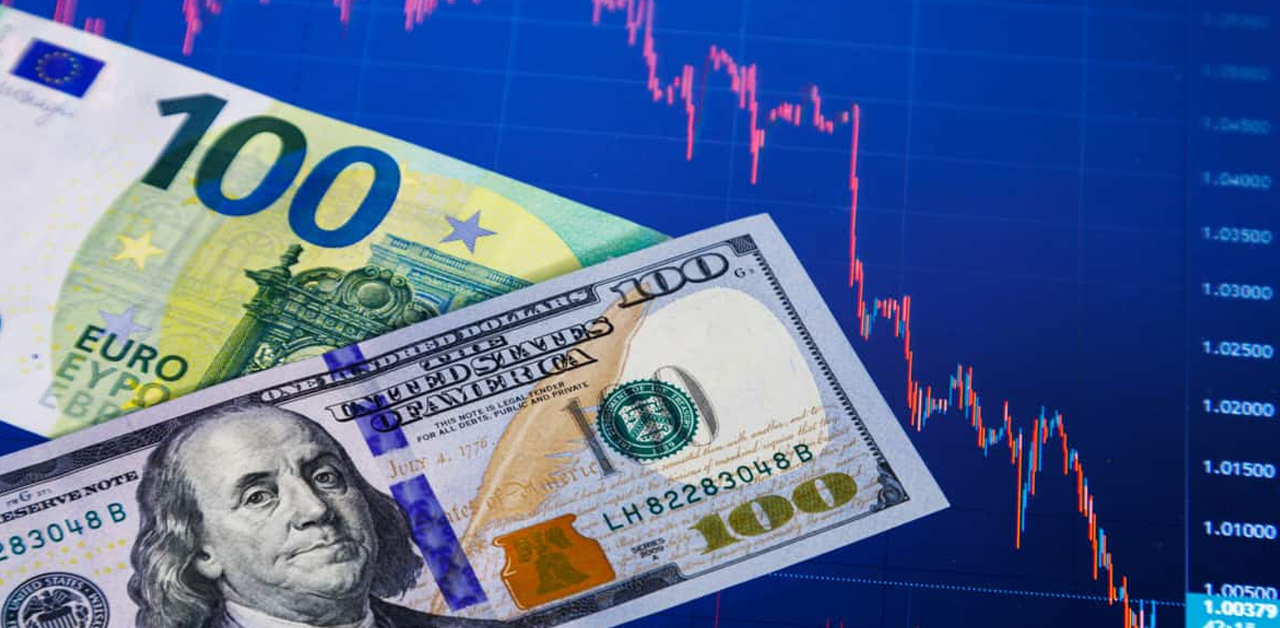The Japanese Yen (JPY) extended its losses on Thursday during early European trading, as renewed U.S. Dollar (USD) strength pushed the USD/JPY pair to 148.80 — approaching its highest levels since late June. A combination of weaker-than-expected trade data from Japan, lingering economic concerns, and rising political uncertainty continues to weigh on the JPY.
Weaker Trade Data Adds Pressure on Yen
Japan’s trade surplus for June came in at ¥153.1 billion, significantly below the forecasted ¥353.9 billion and highlighting ongoing export weakness. Exports declined for the second straight month, down 0.5% year-over-year, largely due to sluggish demand from China — Japan’s top trading partner — amid the continued drag of U.S. trade tariffs. Imports, however, showed signs of a modest rebound, rising 0.2% YoY after a sharp fall in May, suggesting a slight recovery in domestic demand.
Despite the surplus, the weaker figures reinforced the market’s view that Japan’s economic growth remains fragile. Compounding this, real wages are falling, inflation appears to be cooling, and political uncertainty is growing as recent polls suggest the ruling LDP-Komeito coalition may lose its Upper House majority in the July 20 election.
BoJ Policy Outlook Keeps Yen Under Pressure
All these factors make it increasingly unlikely that the Bank of Japan (BoJ) will move to tighten monetary policy anytime soon. With rate hikes virtually off the table for 2025, the JPY remains under persistent selling pressure.
Adding to the currency’s weakness is the growing divergence in global monetary policy. While markets have dialed back expectations for an imminent U.S. rate cut, they now anticipate the BoJ will maintain its ultra-loose stance — widening the yield gap and favoring the U.S. Dollar.
Trump-Fed Tensions and Market Reactions
The broader risk-on mood in Asian equity markets also played a role in weakening the Yen’s safe-haven appeal. Markets took comfort after U.S. President Donald Trump denied reports suggesting he intended to fire Federal Reserve Chair Jerome Powell. Although Trump reiterated that he’d like Powell to resign, he acknowledged that removing the Fed Chair would likely destabilize financial markets.
Trump also reignited criticism over the Fed’s high interest rate policy and questioned Powell’s leadership amid rising infrastructure costs. The political noise added to market speculation that Powell might eventually be replaced by a more dovish successor — a move that could impact the Fed’s credibility and policy independence.
Fed Commentary Reinforces USD Strength
Comments from key Federal Reserve officials added to the USD’s upward momentum. New York Fed President John Williams noted that trade tariffs are just beginning to impact the U.S. economy, suggesting a wait-and-see approach before adjusting rates. Meanwhile, Dallas Fed President Lorie Logan said interest rates may need to remain elevated longer to keep inflation in check, warning that further tariffs could add inflationary pressure.
The Dollar index moved closer to its late-June highs, benefiting from this hawkish narrative, while traders awaited fresh cues from upcoming U.S. data, including Retail Sales, Initial Jobless Claims, and the Philly Fed Manufacturing Index.
Technical Outlook: Bulls Eye 149.00 and Beyond
From a technical standpoint, USD/JPY has regained strong bullish momentum after bouncing from its 100-hour Simple Moving Average (SMA). Momentum indicators remain in positive territory and are far from overbought, pointing to further upside potential.
- Immediate resistance is seen at 149.00, followed by the previous swing high near 149.15–149.20.
- A successful break above that could pave the way for a move toward the psychologically significant 150.00 level — a threshold not seen since March.
On the downside:
- Support sits at 148.00, with stronger demand expected around 147.70 (near the 100-hour SMA).
- A break below 147.00 could trigger deeper declines toward 146.60, 146.20, and possibly down to the 100-day SMA near 145.80.
Outlook:
With JPY facing both domestic and external headwinds, and the Fed leaning increasingly hawkish, USD/JPY appears poised to retest and possibly surpass key resistance levels in the coming sessions. Traders now await Japan’s National CPI report on Friday for further direction.












